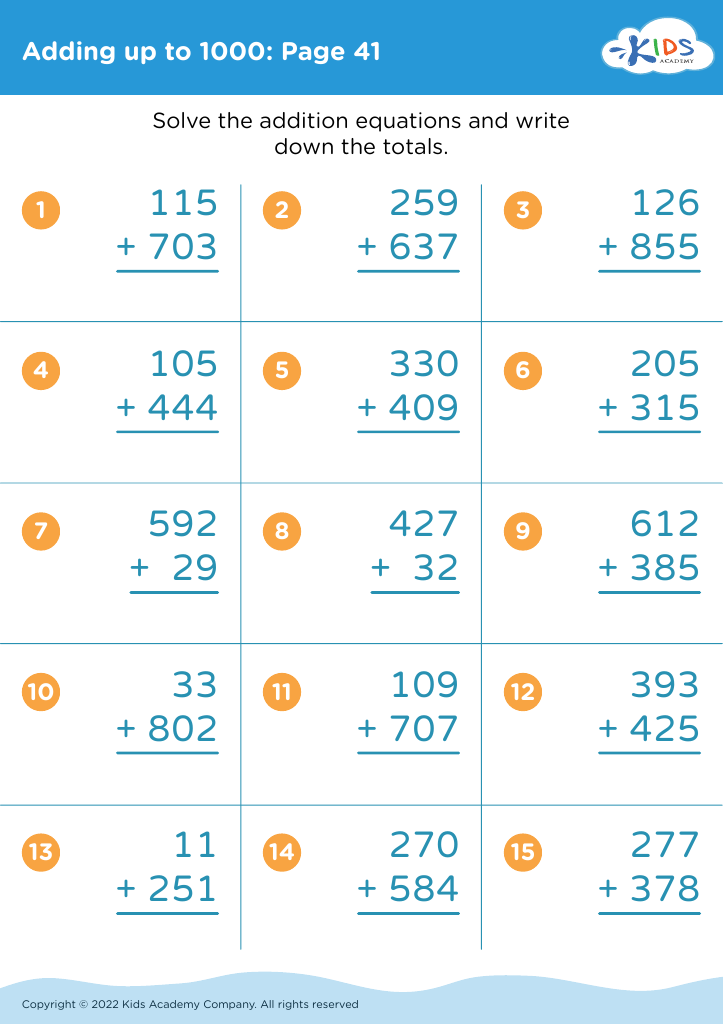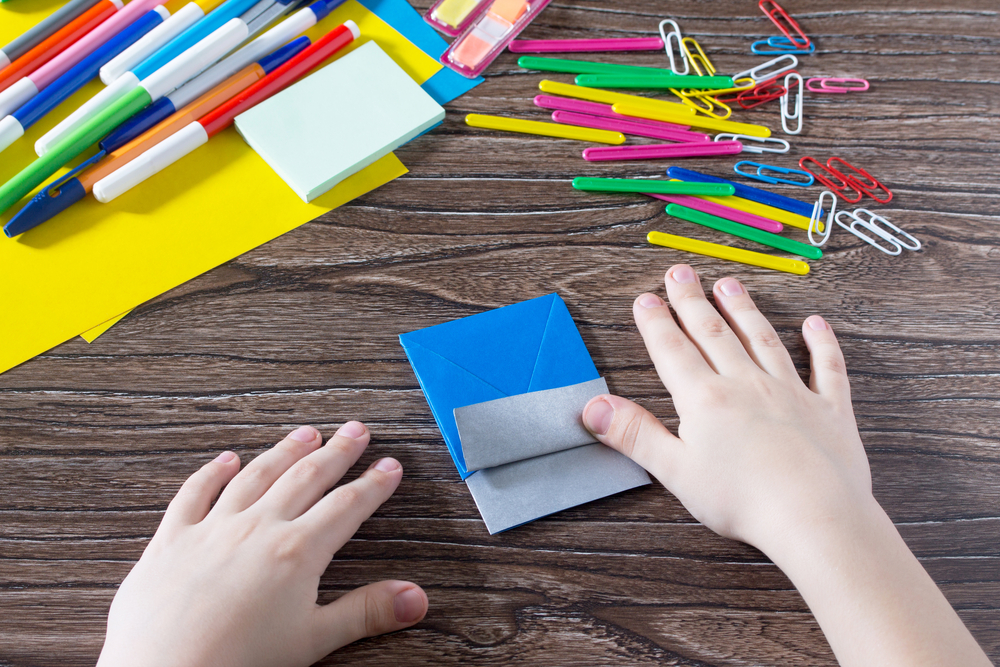Learning math patterns Worksheets for Kids
1 filtered results
-
From - To
Question/Answer
What does the Learning math patterns skill mean when it comes to Grade 2 Adding up to 1000 Misc learning?
The Learning math patterns skill in the context of Grade 2 Adding up to 1000 Misc learning involves recognizing, understanding, and using patterns to solve addition problems within 1000. This skill helps students identify sequences and relationships between numbers, making it easier to perform calculations and understand the properties of addition, thereby improving their problem-solving abilities in mathematics.
How to test a Grade 2 student’s Learning math patterns skills?
To test a Grade 2 student's learning math patterns skills, provide sequences of numbers, shapes, or objects and ask the student to identify and continue the pattern. Incorporate tasks that require recognizing, describing, and predicting what comes next in simple repeating patterns (e. g. , ABAB, ABBABB) and growing patterns.
Why is the Learning math patterns skill important for Grade 2 students?
Learning math patterns in Grade 2 is important because it helps children develop critical thinking and problem-solving skills. It lays the foundation for understanding more complex mathematical concepts, including algebra. Recognizing and predicting patterns also enhances their ability to make logical connections and improves their number sense, essential for their future math learning and everyday problem solving.













